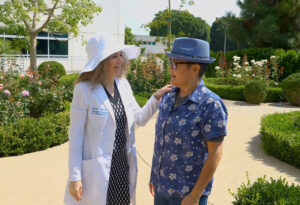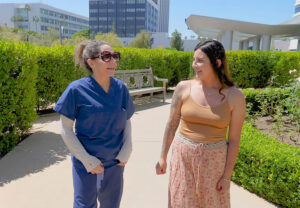Treatments
Treatment Goals
The goals of osteoporosis treatment are to:
- Control pain from the disease.
- Slow down or stop bone loss.
- Prevent bone fractures with medicines that strengthen bone.
- Minimize the risk of falls that might cause fractures.
Medications are used to strengthen bones when:
- Osteoporosis has been diagnosed by a bone density study.
- Osteopenia (thin bones, but not osteoporosis) has been diagnosed by a bone density study, if a bone fracture has occurred.
Treating Osteoporosis
There are several different treatments for osteoporosis, including lifestyle changes and a variety of medications.
Doctors Who Help Treat Osteoporosis
Please submit an online appointment request or call 310-829-8751 if you have any questions, need a diagnosis, treatment or second opinion.







